20th Century Boys
7 /10 1 Votes
Producer Ryuji Ichiyama | 6.8/10 IMDb Duration | |||||||||||||||||||||||||||||||||
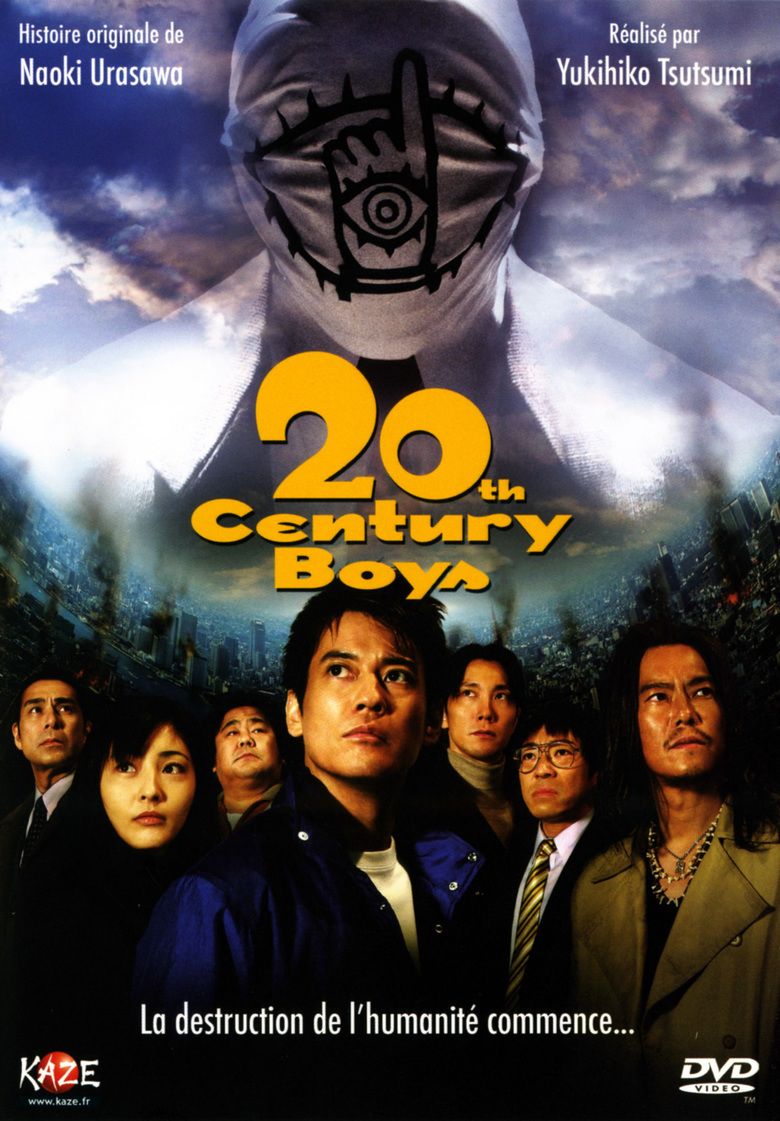 | ||||||||||||||||||||||||||||||||||
Release date August 29, 2009 (2009-08-29) Writer Yasushi Fukuda (screenplay), Takashi Nagasaki (screenplay), Naoki Urasawa (screenplay), Yusuke Watanabe (screenplay), Naoki Urasawa (manga series "20-seiki shonen") Genres Science Fiction, Fantasy, Mystery, Adventure Film Cast (Kenji Endô), (Yukiji), (Yoshitsune), Hidehiko Ishizuka (Maruo), (Mon-chan), (Keroyon)Similar movies Related Yukihiko Tsutsumi movies | ||||||||||||||||||||||||||||||||||
20th Century Boys (20世紀少年, Nijūseiki Shōnen) is a Japanese manga series written and illustrated by Naoki Urasawa. It was originally serialized in Big Comic Spirits from 1999 to 2006, with the 249 chapters published into 22 tankōbon volumes by Shogakukan. In January 2007, a sixteen chapter continuation titled 21st Century Boys (21世紀少年, Nijūisseiki Shōnen) ran until July, and was gathered into two tankōbon. It tells the story of Kenji Endō and his friends, who notice a cult-leader known only as "Friend" is out to destroy the world, and it has something to do with their childhood memories. The series makes many references to a number of manga and anime from the 1960s-1970s, as well as to classic rock music, its title being taken from T.Rex's song "20th Century Boy".
Contents
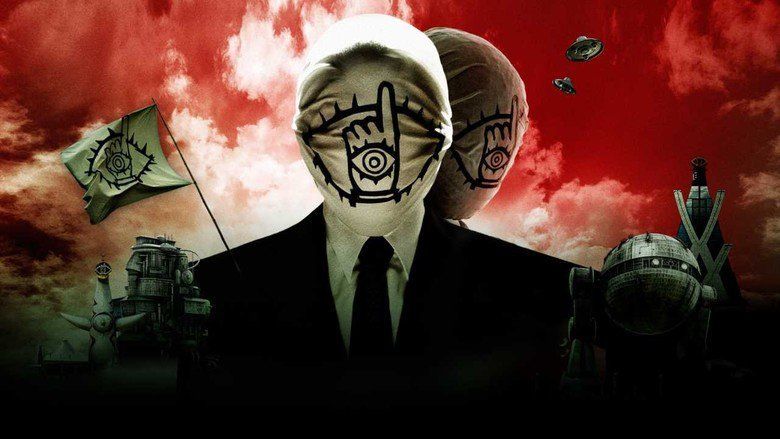
A trilogy of live-action film adaptations, directed by Yukihiko Tsutsumi, were released in 2008 and 2009. The manga was licensed and released in English by Viz Media from 2009 to 2012, and distributed in Australasia by Madman Entertainment. The films were also licensed by Viz in North America and by 4Digital Media in the United Kingdom. 20th Century Boys has received critical acclaim and has 36 million copies in circulation.
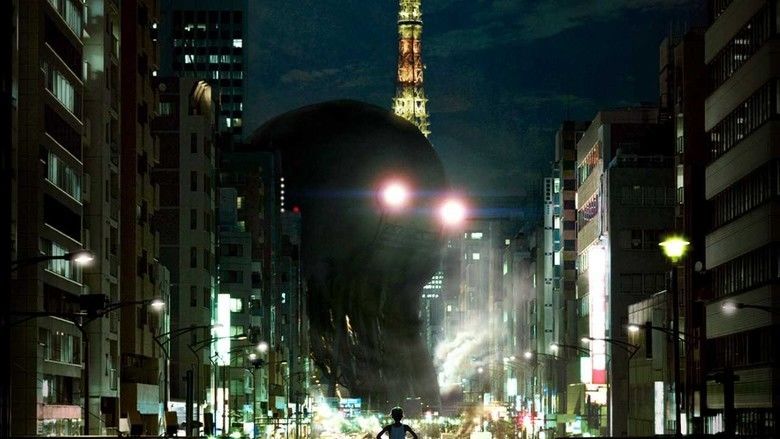
Plot summary
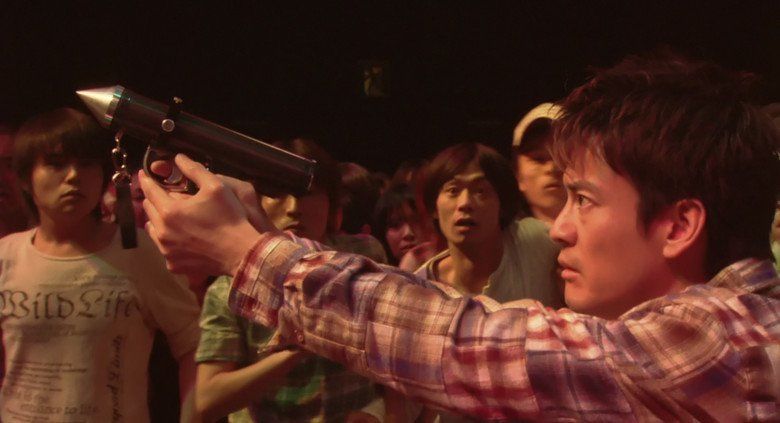
In 1969, young boys Kenji, Otcho, Yoshitsune and Maruo build, in an empty field, a hideout they call their secret base, in which they and their friends can get together to share manga and stolen pornographic magazines and listen to a radio. To celebrate the event, Otcho draws a symbol for the base that would represent their friendship. After their friends Yukiji and Donkey join the gang, they imagine a future scenario where villains would try to destroy the world, and in which the boys would stand up and fight; this scenario is transcribed and labelled Book of Prophecy (よげんの書, Yogen no sho).
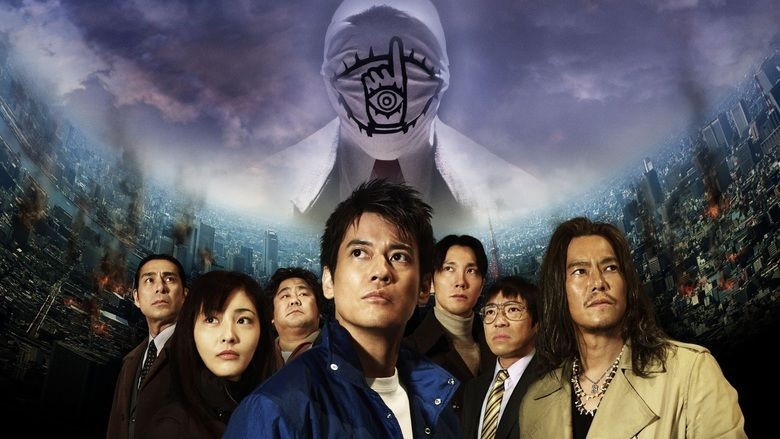
In the late 1990s, Kenji is a convenience store owner, finding solace in his childhood adventures as he takes care of his baby niece Kanna and his mother. After Donkey is reported to have committed suicide, Kenji stumbles upon a large cult led by a man known only as "Friend". With current events beginning to resemble actions from the Book of Prophecy, Kenji and his former classmates try to remember who knows about the book. They find more events unfolding such as bombings and virus attacks in San Francisco, London, and a major Japanese airport.
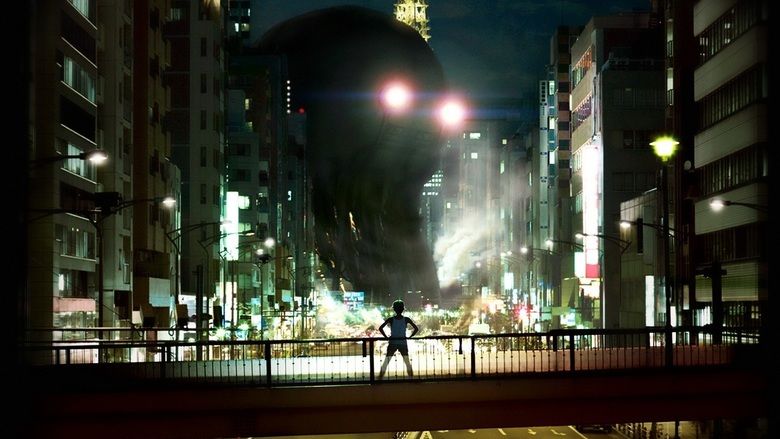
Kenji and his former classmates eventually uncover a plan to destroy the world on New Year's Eve of 2000, referred to in the latter part of the story as the Bloody New Year's Eve, with the use of a "giant robot", which is later revealed to be a giant balloon with robotic appendages, which spreads the virus throughout the city as well as other cities. Kenji manages to get inside the robot to plant a bomb, but is presumed dead when it explodes. From this event, the members of the Friendship Democratic Party (友民党, Yūmintō) gain widespread political popularity and power by presenting a vaccine that counters the virus, and thus take all the credit for saving the world.
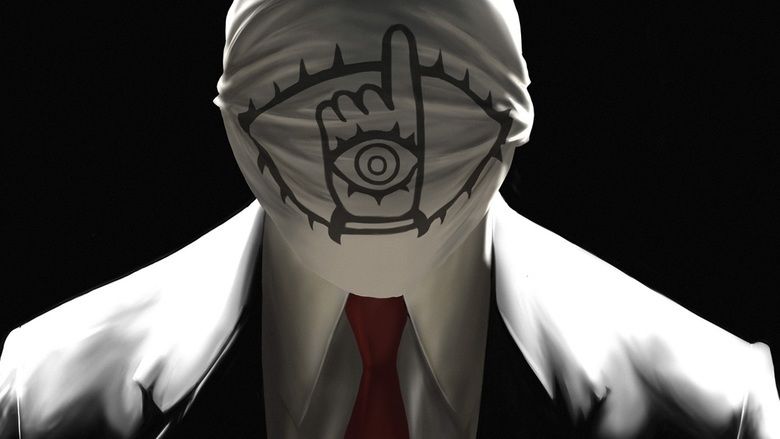
Fourteen years after Bloody New Year's Eve, Kanna is a teenage girl who works at a Chinese restaurant. After she tries to diffuse some interaction between various mafia groups, she discovers that a patron's friend had witnessed a Chinese mafia member get killed by a corrupted policeman. The mafia member mentions an assassination attempt on the Pope as he visits Japan. She then finds herself being hunted by members of the Friends while trying to unite the mafia groups to her cause. Meanwhile, Otcho manages to escape a maximum security prison.
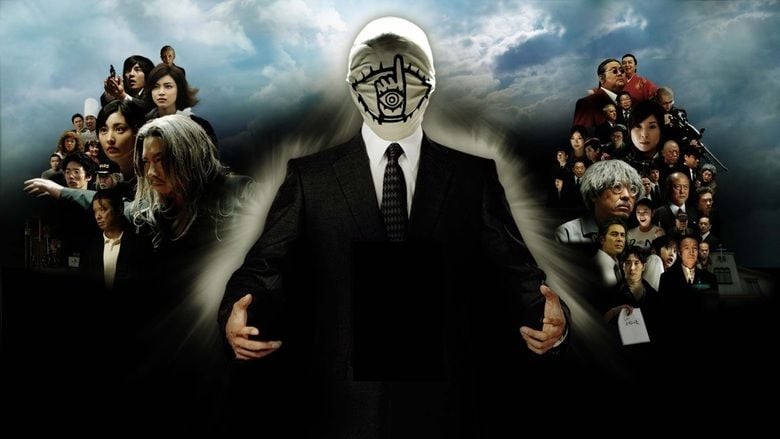
Kyoko Koizumi, who attends Kanna's school, impulsively takes on a school assignment of covering Bloody New Year's Eve, but soon becomes entangled in activities involving both the Friends and the people who oppose them. After surviving a brainwashing program, she joins with Kenji's friend Yoshitsune and his resistance force.
Friend reveals a new plan, a continuation of the Book of Prophecy, in which he plans to kill every human being on Earth except for sixty million of his followers, but he is then assassinated by his chief scientist Yamane. Following this, Friend's funeral becomes a worldwide spectacle, held in a stadium with the Pope giving the address. Partway through the service, Friend appears to rise from the dead, and is shot in the shoulder by his own assassin. By saving the Pope, Friend is elevated to deity like status. Meanwhile, there is a worldwide viral outbreak that threatens to kill everyone except those who have been vaccinated.
The final portion of the story takes place in a newly remodeled Japan, under the "Era of Friend", who has instituted numerous bizarre changes, including the establishment of an Earth Defense Force, reputedly to protect Earth from an imminent alien invasion, exiling those without vaccinations, and forbidding travel across regions, under penalty of death. During this time frame, Kanna, who is revealed to be Friend's daughter, leads an insurgency against Friend's government, enlisting the aid of numerous groups, including the survivors of rival gangs and mafia organizations. During this, Kenji, apparently also risen from the dead and carrying his trademark guitar, reappears.
The series spans several decades from 1969 to 2017, the last of which in the chronology of the series, becomes 3FE (3rd Year of the Friend Era). The series makes three distinct timeline cuts during the story; one from 1971 to 1997, one from 2000 to 2014, and one from 2014 to 3FE. Several parts of the series are also told in flashbacks to previous events as the characters attempt to unravel the mystery of who Friend is and how to stop his plans of world destruction; most of the character's childhood backstories through the 1970s and 1980s are told in this fashion.
Characters
Manga
Written and illustrated by Naoki Urasawa, while also writing Pluto, 20th Century Boys was originally serialized in Big Comic Spirits from 1999 to 2006. The 249 individual chapters were published into 22 tankōbon volumes by Shogakukan from January 29, 2000 to November 30, 2006. A sequel, titled 21st Century Boys, started in Big Comic Spirits's January 19, 2007 issue and ran until July. The 16 chapters were released into two volumes on May 30, 2007 and September 28, 2007. 20th Century Boys received an eleven-volume kanzenban re-release between January 29 and November 30, 2016. The single kanzenban reprint of 21st Century Boys, released on December 28, 2016, includes a new ending. A one-shot manga titled Aozora Chu-Ihō ("Blue Sky Advisory — Kiss") was published in the February 2009 issue of Big Comic Spirits, it was credited to "Ujiko-Ujio", the pen-name of the fictional manga creator duo Kaneko and Ujiki in 20th Century Boys.
Both 20th Century Boys and 21st Century Boys were licensed for English-language release in North America by Viz Media in 2005, however it was delayed until after their translation of Monster had finished. The first volume of 20th Century Boys was released on February 17, 2009, and the last of 21st Century Boys on March 19, 2013. It had been reported that the reason for the delay was at the request of Urasawa, who felt there was a change in his art style over time. However, when asked about it being due to his request in 2012, Urasawa was surprised saying that he did not know about that and simply suggested Viz did not know which order to publish the two series. Viz's release was distributed in Australasia by Madman Entertainment. The series has also been licensed in Germany by Planet Manga, France by Génération Comics, Hong Kong by Jade Dynasty, the Netherlands by Glénat, Indonesia by Level Comics, Italy by Planet Manga, South Korea by Haksan Publishing, Spain by Planeta DeAgostini, Taiwan by Tong Li Comics, Thailand by Nation Edutainment and Brazil by Planet Manga.
Films
The trilogy of 20th Century Boys live-action films, directed by Yukihiko Tsutsumi, were first announced in 2006. In February 2008, the main cast was announced, as well as the trilogy's budget of 6 billion yen (approx. $60 million US) and that Urasawa will contribute to the script. Filming of the first two movies was planned from January 3 to the end of June, and of the third from mid-August to the end of October. English rock band T. Rex's "20th Century Boy", the song from which the series gets its name, was used as the theme song to the films.
The first movie's premiere was held in Paris on August 19, 2008 at the Publicis Champs-Elysées cinema with a press conference at the Louvre Museum, which was attended by Toshiaki Karasawa (Kenji) and Takako Tokiwa (Yukiji). The first film was released on August 30, 2008, the second on January 31, 2009, and the third was released on August 29, 2009. The first movie covers volumes 1 to 5 of the manga, and the second covers volumes 6 to 15, but differs from the original story on some key points; important characters missing in the first movie were introduced in the second. The final film in the trilogy covers the remainder of the volumes, but with several changes to the main story.
Home video
The first film in the trilogy is available on DVD and Blu-ray in Japan from VAP, and in Hong Kong from Kam & Ronson.
A UK DVD release was announced by label 4Digital Asia, and released on May 4, 2009. On the same day, Part 2 received its UK theatrical premiere at the 8th Sci-Fi-London annual fantastic film festival. Part 3 received its UK theatrical premiere on May 7, 2010 at the Prince Charles Cinema in London as part of the 2nd Terracotta Film Festival. Following this, 4Digital Asia released a 4-disc boxset containing the complete trilogy on May 31, 2010.
Viz Media licensed the trilogy for North American release. The first film had its US theatrical premiere at the New People opening in San Francisco on August 15, 2009. The second film premiere followed at the same cinema on August 21, 2009, and the third film premiere followed on the same day as the Japanese premiere on August 28, 2009.
Part 1 received its US DVD release on December 11, 2009. A launch event was held at the New People cinema in San Francisco with a theatrical screening. Part 2's DVD release had a similar launch event on February 9, 2010 with a one-night-only theatrical screening. Likewise, Part 3 had a launch event and theatrical screening at New People on May 20, 2010. The entire trilogy was broadcast by NHK on its TV Japan channel airing on consecutive Saturdays beginning November 13, 2010.
Manga
20th Century Boys has 36 million tankōbon copies in circulation, was the third top-selling manga series of 2008, and the ninth top-selling of 2009. The series has also won numerous awards, including the 2001 Kodansha Manga Award in the General category, an Excellence Prize at the 2002 Japan Media Arts Festival, the 2003 Shogakukan Manga Award in the General category, and the first ever Angoulême International Comics Festival Prize for a Series in 2004. It also won the Grand Prize at the 37th Japan Cartoonists Association Awards, and the Seiun Award in the Comic category at the 46th Japan Science Fiction Convention, both in 2008. The series won the 2011 Eisner Award for Best U.S. Edition of International Material in the Asia category for Viz Media's English releases, and won the same award again in 2013. It was nominated twice, 2010 and 2013, for the Harvey Award in the Best American Edition of Foreign Material category, and three years in a row, 2010-2012, for the Eisner Award for Best Continuing Series.
Manga critic Jason Thompson called 20th Century Boys "an epic saga of nostalgia, middle age, rock n' roll, and a struggle against an evil conspiracy." He compared the story to several novels by Stephen King, such as It, where "a group of childhood friends who reunite as adults to deal with leftover issues from their childhood manifested in monstrous form." Thompson wrote that despite being a seinen manga aimed at an older audience, the series gained fans of all ages for its great premise, storytelling and the mystery behind Friend.
Carlo Santos of Anime News Network felt the pacing of the series should have been quicker, but praised the intricate and interconnecting plot and its twists, as well as the well-developed characters. He also noted Urasawa's art and dialogue, saying "it takes real skill to build a story as multi-layered as this one and still have it make sense as the characters explain things".
Films
The first live-action film debuted at number two at the box office, grossing 625.61 million yen (approx. $5.78 million US), and rose to number one the second week. The second film debuted at number one, grossing approximately $6,955,472 US. The third film followed also debuting at number one, and earned approximately $22,893,123 US by its second week.
Writing for Empire, Justin Bowyer gave the first film a three out of five rating. He praised the action and faithfulness to the original manga, but stated that those unfamiliar with the source material may find the large cast of characters and complex story confusing. Bowyer also suggested waiting for all three films to be released. A fan of the manga, Jamie S. Rich of DVD Talk felt too much had to be cut to fit three films, with the development of characters suffering as a result. He did comment on how close the actors looked to their comic book counterparts and ultimately recommended the film. In the complete opposite view, both The Guardian's Cath Clarke and Time Out London's Trevor Johnston gave the first film two out of five stars and both cited the faithfulness to the original media as a negative, feeling that some of the material could have been cut.
Charles Webb of Twitch Film voiced similar criticism in a review of the second film. However, he praised the character Friend and Etsushi Toyokawa's performance as Occho, as well as the ending that makes the viewer anticipate the final installment in the trilogy. Jamie S. Rich also felt that the second movie "more than fulfills its prime directive of enticing me to stick around" for the final film.
On the third film, Burl Burlingame of the Honolulu Star-Bulletin wrote "The steam seems to have run out of the franchise during this third part, and it's simply an OK capper to the series," but did praise the special effects. Variety's Russell Edwards also cited the special effects in the final installment as the best in the trilogy.
References
20th Century Boys Wikipedia20th Century Boys IMDb 20th Century Boys themoviedb.org
